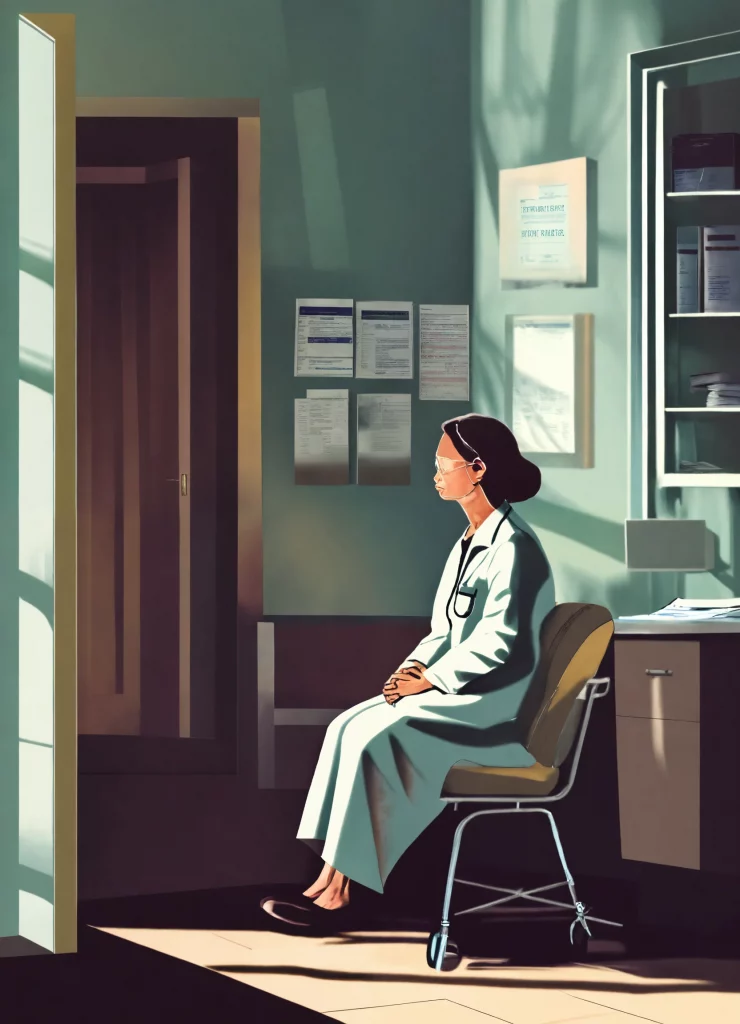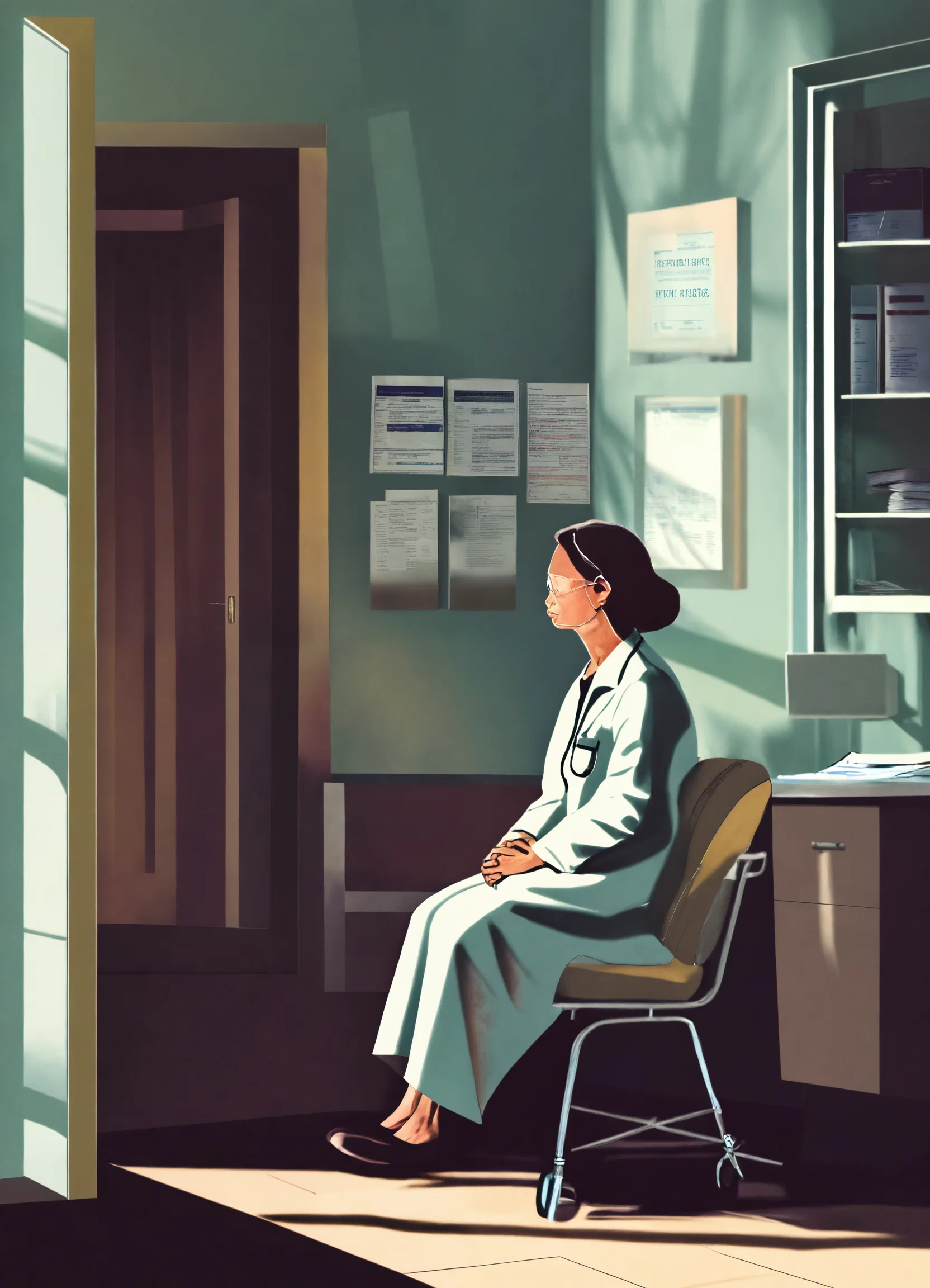How are oncology and my skin related?
Cancer treatment often results in external side effects: skin becomes dry, more sensitive to light, peels, itches, changes tone, swells, or becomes puffy. This usually occurs in areas where the skin forms folds, such as around the ears, chest, or buttocks.
Here are three main recommendations for skin care during and after cancer treatment: protect yourself from the sun, moisturize and restore the skin barrier, and reduce the risk of infections. The latter is especially important: damaged skin is a target for infections, which can be dangerous for people with weakened immune systems.
There are no specific cosmetic ingredients that provide unique benefits for cancer patients (although there are brands whose marketing is built around this). If you are a cancer patient, your best choice is brands with lines for atopic skin: Atoderm by Bioderma, Lipikar by La Roche-Posay, Xemose by Uriage, and XeraCalm by Avène. These lines are formulated to protect damaged skin and are less likely to cause harm.

How to Shower and Shave
Gently wash your face and body daily with warm water. Avoid using washcloths as they can irritate the skin. Use your hands and water instead. Use a gentle cleansing product (a gel or foam cleanser, shower gel) with a neutral or slightly acidic pH, free of fragrances, dyes, and essential oils. When using a cleanser, apply it gently with your hands and rinse off with warm water. If you experience itching, your doctor may recommend warm baths with colloidal oatmeal.
Try not to shave irradiated areas of skin. This can cause irritation and painful rashes or swelling.
How to Moisturize Your Skin
Apply a basic moisturizing cream to your face and body every day (such as products from the Atoderm line by Bioderma, Lipikar by La Roche-Posay, Xemose by Uriage, or XeraCalm by Avène). It should be free of fragrances, dyes, and essential oils. This will help your skin recover faster after treatment. Do not apply moisturizer to wounds or ulcers – consult your doctor about caring for these areas.
How to Protect Your Skin from the Sun
Anyone who has undergone radiation therapy is at higher risk of developing skin cancer in that area. Skin cancer tends to manifest many years later, so sun protection is essential every day. Wear sun-protective clothing, wide-brimmed hats, and choose shade over direct sunlight. Discuss specific SPF needs with your doctor.
Additionally, wear loose clothing. If clothing rubs against the skin, it can cause irritation.
Three Additional Tips:
- Avoid applying anything sticky to your skin (such as patches or adhesive dressings). Adhesive can irritate and damage the skin after radiation therapy.
- Do not apply anything extremely hot or cold to irradiated skin. Heating pads, hot baths, or ice packs might seem like a good idea, but extreme temperatures can cause irritation.
- Protect your skin when doing household chores. If your hands or forearms have been irradiated, wear gloves while washing dishes or floors.


Leave a Reply